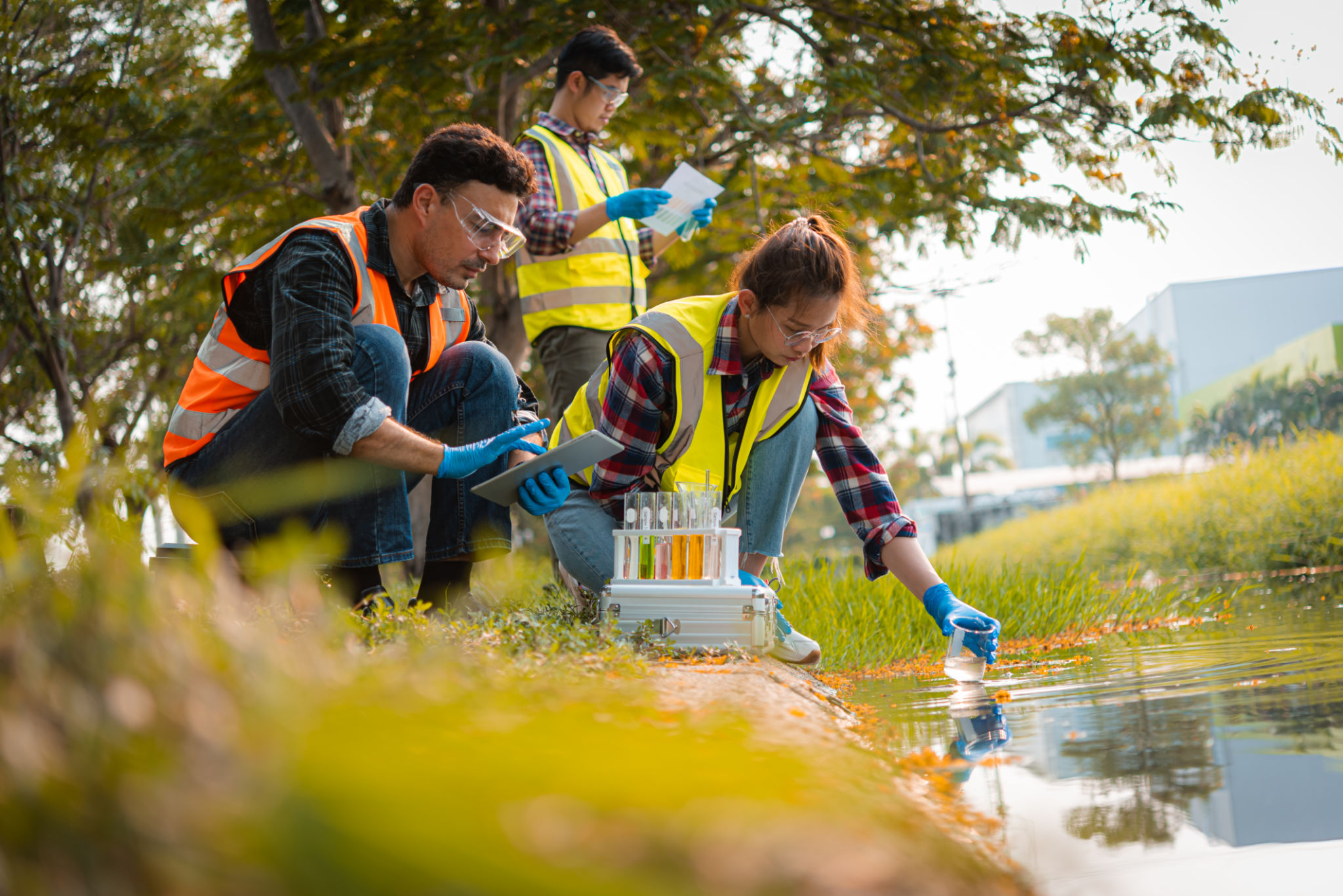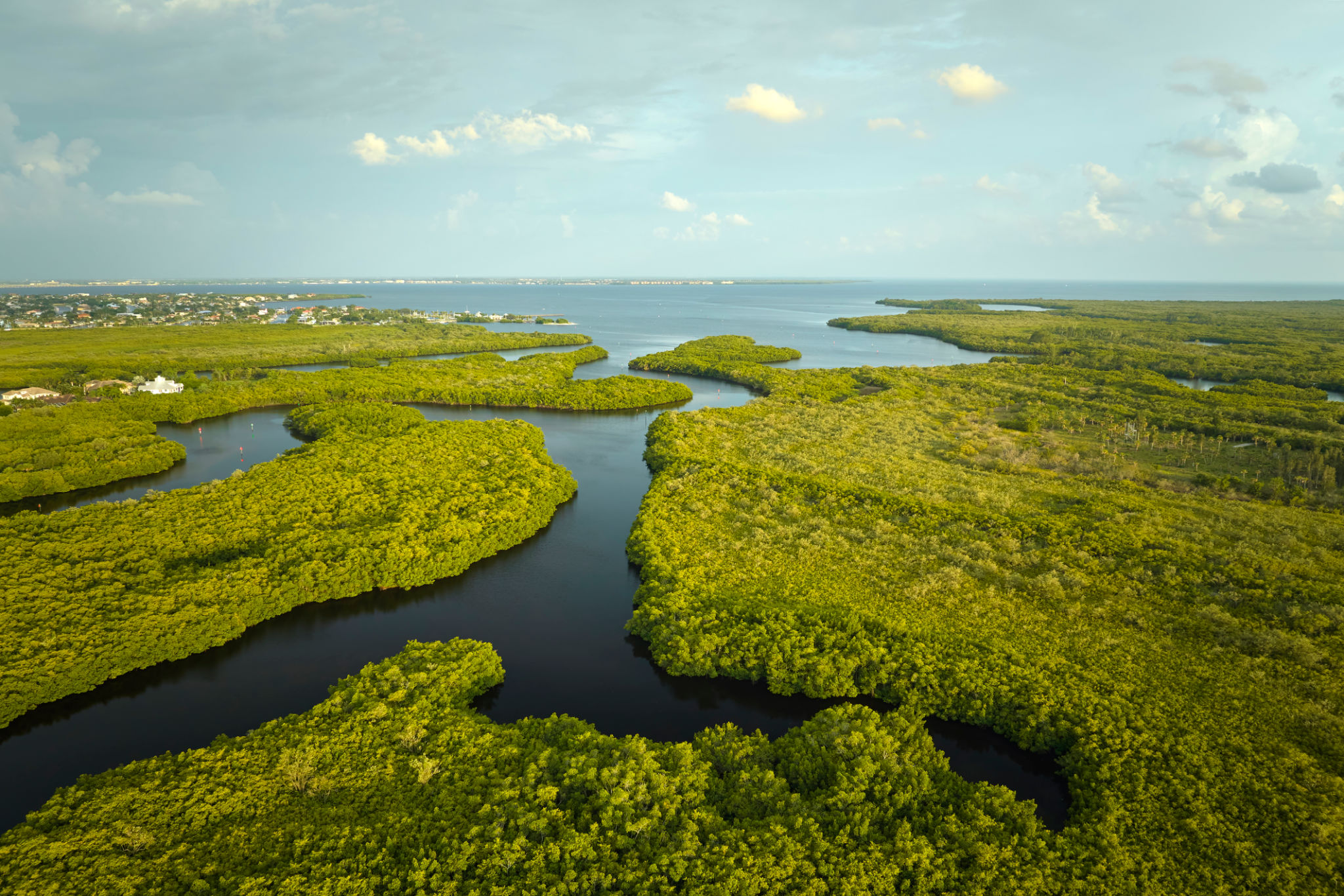Comprehensive Guide to Environmental Impact Assessment in Florida
Understanding Environmental Impact Assessment (EIA)
An Environmental Impact Assessment (EIA) is a crucial process that evaluates the potential environmental effects of a proposed project before it is carried out. This assessment aims to minimize negative impacts on the environment by guiding decision-makers in planning sustainable projects. In Florida, where diverse ecosystems and rapid development coexist, EIAs play an essential role in balancing growth with environmental preservation.
Florida's natural landscapes, from wetlands and forests to coastal areas, are particularly sensitive. As such, conducting an EIA ensures that these ecosystems can be preserved while supporting economic development. The process is not just a regulatory requirement but a critical step in fostering sustainable practices.

The EIA Process in Florida
The EIA process in Florida is structured yet adaptable, considering the state's unique environmental features. It generally follows these steps:
- Screening: Determining whether a project requires a full EIA based on its size and potential impact.
- Scoping: Identifying which environmental aspects need detailed analysis and setting the boundaries for the study.
- Impact Analysis: Evaluating the potential positive and negative effects of the project on the environment.
- Mitigation Measures: Proposing strategies to prevent, reduce, or compensate for any adverse impacts.
- Review and Decision-Making: Authorities review the EIA report to decide whether the project can proceed.
This process ensures that all possible impacts are thoroughly assessed, and alternative solutions are considered. Engaging stakeholders early in the process can also lead to more comprehensive assessments and better outcomes for all involved.

Key Considerations for EIAs in Florida
Several unique factors make Florida's EIAs distinct. The state's geography and climate mean that water resources often dominate the assessment process. Wetlands and coastal areas are particularly sensitive to changes, so any proposed development must consider these ecosystems carefully. Additionally, Florida's biodiversity, including numerous endangered species, necessitates detailed analysis to protect these populations.
Another critical aspect is climate change. Rising sea levels and increased hurricane activity pose significant risks, making it essential for EIAs to incorporate climate resilience into their evaluations. This forward-thinking approach helps ensure projects remain viable in the face of changing environmental conditions.

The Role of Public Participation
Public participation is a vital component of the EIA process in Florida. It not only enhances transparency but also enriches the assessment with local knowledge and concerns. Stakeholders, including community members, environmental groups, and other interested parties, often provide valuable insights that can lead to more effective mitigation measures.
Public hearings and comment periods allow community voices to be heard, fostering collaboration between developers and residents. This engagement can lead to more sustainable project designs that respect both economic and environmental needs.
Challenges and Opportunities
While EIAs in Florida offer many benefits, they also present challenges. Balancing economic growth with environmental protection can be complex, especially in a state experiencing rapid population growth. However, these challenges also present opportunities for innovation in sustainable development practices.
Advancements in technology and data analysis are enhancing the accuracy and efficiency of EIAs. Geographic Information Systems (GIS), for instance, allow for more precise mapping of environmental features and potential impacts. These tools can help streamline the assessment process and provide more reliable data for decision-makers.
The Future of EIAs in Florida
The future of Environmental Impact Assessments in Florida looks promising as awareness of environmental issues continues to grow. With increasing emphasis on sustainability and climate resilience, EIAs will likely become even more integral to the planning process. This shift will require ongoing adaptation and innovation to address emerging challenges effectively.
Overall, EIAs are indispensable tools for ensuring that Florida's development is both economically viable and environmentally responsible. By continuously refining these assessments and incorporating new technologies and stakeholder input, Florida can set a benchmark for sustainable growth.